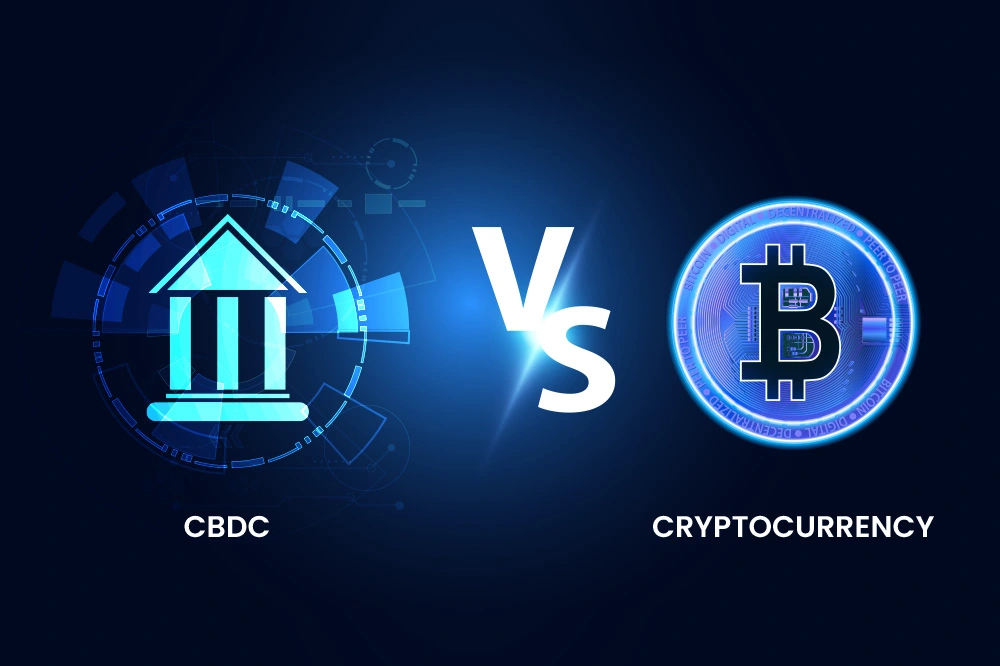Today, I’m Going To Talk A Little Bit About Cap Rates. I Think That Cap Rates Are Very Important For Professionals To Understand And Frequently They’re Misinterpreted. I Want To Spend A Few Minutes Going Over What Cap Rates Are, What They Actually Mean, And How Do You Best Utilize Them.
Real estate is the most powerful way to accumulate wealth. More people have become millionaires through real estate than any other means. We know how to find the property, create a plan for improving the cash flow, negotiate the deal, and manage the asset. Your passive investment provides you with the opportunity to earn an income without the nine to five. We create a unique business strategy that fits your financial and investment goals. Get the financial freedom you need to do more of what you love. We Are Red Pill Kapital, With A K.
Risk And Reward: The Greater The Risk, The Greater The Opportunity For Reward.
In real estate, one of the most important things that you can figure out is how do you define what something is worth. I think that this is one of the most important formulas in real estate, so I’m going to spend a few minutes on it. It is essentially net operating income divided by the value equals the cap rate. The cap rate is inherent and specific to different asset types, different locations, different quality of asset, whether it’s an A, B or C type location, whether it’s a major metropolitan area, or whether it’s rural.
What Is The Asset?
Is it an industrial building? Is it a farmhouse? Is it farm rental land? Is it a multi-family apartment unit? There’s an inherent cap rate that we measure one asset against another and this is a different way to look at risk than just reward and having a generalized principle, and we do that through cap rate. If something has a 10 cap or a 10 percent cap rate, that’s going to have a different value than something that has a five cap. Let’s go over that net.
Net operating income is equal to income minus expenses. You take all of the income, you take all the expenses away, and that’s what you’re left with. For example, if an investment property has $50,000 of net income before you look at any debt service, you have $50,000 of net income and its value in the market is a million dollars. That means that its inherent cap rate is 5 percent.

Now let’s take a look at it a different way; let’s play with the formula. Let’s say that I want to figure out what the value would be if I changed my net operating income. What would the value be? What would be the value in a different market if my net operating income was higher, but I was able to buy it for the same amount of money? Let’s take that example. Let’s say that I went to a different market and the thing was generating $80,000 as opposed to $50,000, but I was only having to pay a million dollars. In both situations, the value’s the same.
One cap rate, the first one where I was generating $50,000, is a cap rate of 5 percent. Where I’m generating $80,000 in net operating income, my cap rate is now 8 percent. That’s a 3 percent difference in cap rate and that can be very substantial. It can tell you a lot about the demographics. The higher the cap rate, the higher the perceived risk for that asset group by people that are far smarter than you and I.
It’s a summary total. It’s people that have already invested in this kind of asset class, in this kind of city, and they’ve kind of sat down and said, «Hey, this is what I am willing to pay.» “Well, this is what I’m willing to pay.” You and I have probably done a few real estate transactions, but this is the summarization of 10,000, 20,000, or 50,000 real estate transactions of that asset group, of that asset type in that community with that demographic.
The Cap Rate Is An Easy Way To Compare Different Rates Of Return. It Also Can Have The Formula Manipulated So That If You Know The Cap Rate, You Change The Net Operating Income. You Haven’t Changed The Property—It’s The Same Property—So The Cap Rate Stays The Same, But You Change Your Net Operating Income. What Happens To The Value?
Cap Rate: Comparison Of Net Income For The Same Dollar Investment Between Different Investments
Cap rates allow you to compare what you do with net income for the same dollar investment between two different investments, whether they’re the same class of investment like, for example, multi-family compared to another multi-family or the same class of investment such as a retail shopping center compared to another retail shopping center or comparing between classes of investment, comparing a multi-family to a commercial office building.
Cap rate says this is my net operating income for this dollar invested. Cap rate is a comparison of net income for the same dollar invested between two different investments. An example is, if I have $1,000 invested and I get $100 of net operating income per year, that gives me a cap rate of 10 percent.
Another example would be that I get an $80,000 return for an $800,000 investment, and that’s a cap rate of 10 percent. Let’s say that I get a $90,000 return for an investment of $800,000; that’s an 11.25 percent cap. If you go further and you get a $60,000 return, which is less, for the same $800,000 investment, your cap rate is 7.5 percent.

Or, A Comparison Of Value-Driven By NOI
If you look at it a different way, if you take the cap rate formula and you take the net operating income and divide it by the cap rate, you end up with a presumed value, and this is very relevant because this is how frequently brokers discuss what a particular value is. They’ll say, «Oh, this is an eight cap and its net operating income is X, Y, Z, and therefore its value must be Y.» This is a value derivative and this becomes very, very important when you’re starting to talk to people and ask them, «What’s your cap rate? What’s your net operating income?» That’ll give you what the presumed value is but this can also be very, very confusing and we’ll go through that in a few minutes.

Given A Cap Rate Of 5%
Let’s give you an example. Let’s say that you know what the cap rate is for the area, for this kind of property. It’s about 5 percent and you know what the net operating income is, it’s $100,000, so what’s the value of that property? Well, if you’re paying more than two million dollars, you’re an idiot because based upon cap rate it should be two million dollars. Now, that’s what it should be and there’s some manipulations that you can do to that but that’s, in essence, assuming all things equal, a five cap with
$100,000 of net operating income should give you a translated value of $2 million.

∆ NOI And ∆ Value
Let’s say that you change your net operating income slightly — $10 per unit per month for 100 units. You go up 10 bucks, which doesn’t seem like a lot, but you do it for 100 units and there are 12 months in a year, so you get a $12,000 increase in your net operating income. On that five cap, you changed your value by $240,000, which is a very significant portion of your purchase price, so a small subtle change creates a huge leverage effect on value.

Changes In Cap Rate, With The Same NOI
A change in cap rate with the same net operating income dramatically changes the value. The higher the cap rate, the lower the value; the lower the cap rate, the higher the perceived value.

∆ NOI And ∆ Value
You can also use the cap rate formula to decide if you make a change in the operations of a particular facility or particular commercial office building or particular multi-family. If you change the net operating income, given that the cap rate stays the same, what’s going to happen to that value? Let’s take an example.
Let’s say you have a 100-unit apartment building and you change the rent just merely $10 per unit per month. That works out to about $12,000 per year. Let’s say that the going cap rate for that kind of
building is 5 percent. That changed the value for a $10 rent change for 100 units by $240,000. That’s a very significant leverage effect that occurs because of this division by cap rate.

Slight Change In NOI Can Have A Disproportionate Effect
Any slight change in net operating income has a disproportionate effect and it’s in the same direction as the value. In a low cap rate environment – i.e., if the cap rate’s about 2 percent – a $1,000 change results in a $50,000 value change. In a high cap rate environment, so let’s say 10 percent, a $1,000 change in net operating income only results in a $10,000 value change. Why is this relevant? This
is relevant because there’s certain markets, such as in California and other places that are relatively mature, like New York, that are very low cap rate environments for the same asset class as would be compared in the Midwest.
You would think because the cap rate is higher, you’re getting better bang for your buck, but that’s not necessarily true. In a low cap rate environment, a smaller change in net operating income drives a
greater value change. This is very important because you can make money whether the cap rate is high or low. It’s really a derivative of net operating income. Keep in mind that cap rates are an explanation of risk, so if the cap rate is super high for a particular asset group and in a particular city, that just might be because that’s a very high-risk area or a very high-risk asset.

Is It Really That Simple?
No. Cap rates are an artifice. They’re a calculation; they’re a derivative; they’re not real. Cap rates are looking at your back or rearview mirror trying to figure out where you’re going to get to. Cap rates are a translation of existing market behavior into a number that allows a comparison between asset groups or between demographics. Cap rate is an explanation of market sentiment, and it doesn’t mean much more than that. It’s like a numerical pain scale. One person’s pain might be an eight, another person’s pain might be a two, another person’s pain might be a three. It’s a scale and it’s highly subjective.
We objectify it by putting the formula in of essentially net operating income divided by value equals cap rate, but it doesn’t mean much – it’s looking at it backwards. Cap rate is a measure of forward-looking financial safety and
wealth preservation. It’s really a marker for potential market risk in a particular environment. You should never be lulled into a sense of safety by looking at a cap rate.
The cap rate is often used by brokers to obscure the real facts, and it confuses the individual investor. You have to remember that real estate is a hyper-local environment and cap rates are typically regional. They’re usually citywide.
Nobody really defines a cap rate for a neighborhood or a three-block area. I know that in the city that I live in, if I literally drive 250 feet from one residence to another residence or one street to another street, I can go from a war zone into some of the most expensive areas in the city, so the hyper-locality of real estate is not explained by cap rates and it’s very easy to confuse.
You can make money whether your cap rate is highor low.
It’s really the property that matters. It’s the management and what the management does with the net operating income. The hyper-local environment determines the value of that particular property, and the time horizon in which you’re going to hold property. The cap rate is really a look at supply and demand and risk. If the demographics are declining for that area—i.e. people are leaving the city – you can expect that the cap rates would go up because the risk goes up. It’s proportional to the risk. Keep in mind the cap rates do reflect the net operating income, so if you have a low cap rate and a high-interest rate, you’re going to find a very tough time financing a particular property because your net operating income may not be sufficient to pay for the debt service.

We search for value-added real estate for our passive commercial real estate partners and we actively manage that investment long term for a successful exit. We are Red Pill Kapital.
Find us at Redpillkapital.com
www.redpillkapital.com
If you simply need more information. have questions, or want to discuss a specific deal, I’m always excited to help. Reach out to me at info@redpillkapital.com
If you are ready to start your journey to financial freedom but want specific additional educational materials, we have a course designed for physicians.






